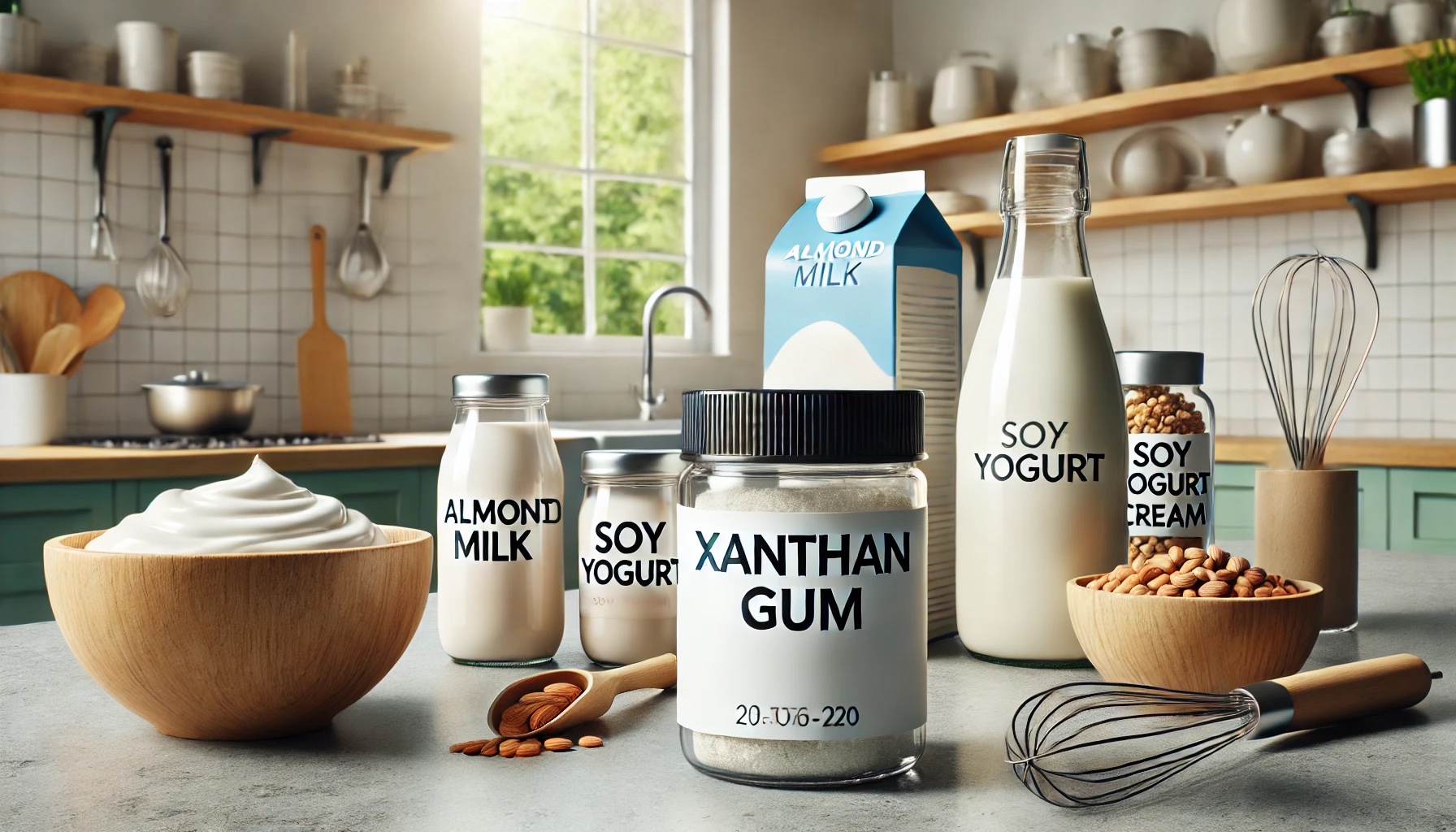Soy lecithin is a versatile food ingredient that is derived from soybean oil. It is commonly used as an emulsifier, stabilizer, and thickener in various food products, including baked goods, chocolate, margarine, and salad dressings. Soy lecithin is also used in non-food products, such as cosmetics, pharmaceuticals, and industrial applications.
This article provides a comprehensive overview of the production process of soy lecithin, from soybean oil to the final product.
Preparation Of Soyabean Oil

Extraction of Soybean Oil
Extraction is typically done using a mechanical pressor solvent extraction.
- The soybeans are crushed and pressed in mechanical pressing to release the oil.
- Solvent extraction involves using a chemical solvent, such as hexane, to extract the oil from the soybeans.
Both methods result in crude soybean oil containing impurities such as free fatty acids, gums, and waxes.
Degumming
Degumming removes the gums and other impurities from the crude soybean oil. Gums are a complex mixture of phospholipids and other substances, including proteins and carbohydrates. These impurities can affect the quality of the final product and can cause problems during processing.
Degumming can be done using a variety of methods:

- Water De-gumming
Water de-gumming involves adding water to the crude soybean oil and centrifugation. This process separates the gums from the oil, and the gums can be removed by filtration. Water de-gumming is a simple and cost-effective method. Still, it is ineffective at removing all the impurities from the oil.
- Acid De-gumming
Acid de-gumming is a more effective method for removing impurities from crude soybean oil. In this process, a small amount of acid is added to the oil, which causes the gums to precipitate. The mixture is then centrifuged, and the gums are removed by filtration. Acid de-gumming is more effective than water de-gumming. Still, it can also result in the loss of some oil due to the emulsification of the oil with the gums.
- Enzymatic De-gumming
Enzymatic de-gumming involves using enzymes to break down the phospholipids in crude soybean oil. This process is more selective than water or acid de-gumming and can result in a higher oil yield. Enzymatic de-gumming can be done using a variety of enzymes, including phospholipases and lipases.
Bleaching
After de-gumming, the crude soybean oil is typically bleached to remove any remaining impurities, including colour pigments and trace metals. Bleaching involves using activated earth or activated carbon to absorb these impurities.
The oil is mixed with the bleaching agent, and the mixture is then heated and filtered to remove the adsorbent and any impurities.
Hydrogenation
The final step in the production of soy lecithin is hydrogenation. Hydrogenation involves the addition of hydrogen gas to crude soybean oil, which causes the unsaturated fatty acids in the oil to become saturated.
This process can improve the stability and shelf life of the oil. It can also produce solid or semi-solid fat, which can be used as a substitute for animal fats in food products. Hydrogenation can be done using a variety of catalysts, including nickel, palladium, or platinum.
Production of Soy Lecithin
After hydrogenation, the soybean oil is ready to produce soy lecithin. Soy lecithin is a complex mixture of phospholipids, including phosphatidylcholine, phosphatidylethanolamine, and phosphatidylinositol. The production of soy lecithin involves the separation of these phospholipids from the hydrogenated soybean oil. There are two methods for the production of Soy Lecithin:

The most common method for producing soy lecithin combines de-gumming and solvent extraction. The hydrogenated soybean oil is first de-gummed in this process using water or acid de-gumming. The resulting gum is then washed with a solvent, such as hexane, to extract the phospholipids. The solvent is then evaporated, and the remaining soy lecithin is dried and packaged for use in food and non-food products.
Another method for producing soy lecithin is enzyme-assisted aqueous extraction. This method involves using enzymes to break down the phospholipids in the soybean oil, followed by aqueous extraction to separate the lecithin from the oil. This method is more environmentally friendly than solvent extraction and can result in a higher yield of soy lecithin. However, it is not yet widely used in commercial production.
The production of soy lecithin is a complex process that involves extracting and purifying phospholipids from soybean oil. Soy lecithin is a versatile food ingredient used in various products, including baked goods, chocolate, margarine, and salad dressings. It is also used in non-food products, such as cosmetics, pharmaceuticals, and industrial applications.
The production of soy lecithin is constantly evolving, with new methods and technologies being developed to improve its quality and sustainability.
Simplify your ingredient sourcing today! Purchase Soy Lecithin and other essential ingredients through EasyBuy, your one-stop shop for hassle-free procurement. Experience exceptional bargains and effortless purchasing, and elevate your food manufacturing process today!
Citations
- Riaz, Mian N. “Soy lecithin: a versatile and functional ingredient.” Journal of the American Oil Chemists’ Society 79, no. 4 (2002): 393-401.
- Wang, Tai-Hua, Yan-Bo Wang, and Yong-Jiang Xu. “Soybean phospholipid: Extraction, fractionation, and its food application–a review.” Food Research International 62 (2014): 1-9.
- Bostan, Abdullah, and Sebnem Tavman. “Soy lecithin: Properties, production and applications in food and non-food industries.” Journal of Food Science and Technology 56, no. 12 (2019): 5165-5179.
- Shahidi, Fereidoon, and Chi-Tang Ho. “Phospholipids.” In Bailey’s Industrial Oil and Fat Products, pp. 97-159








